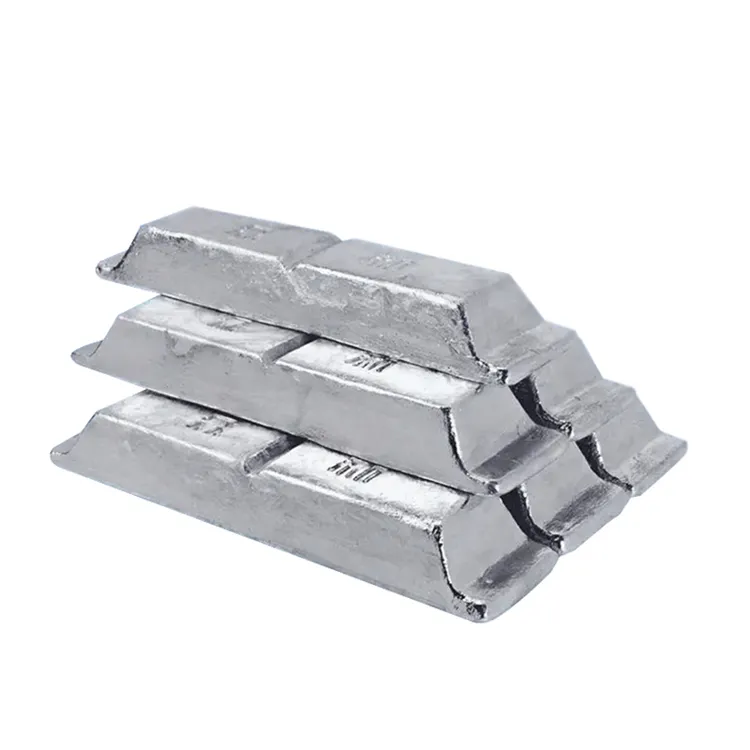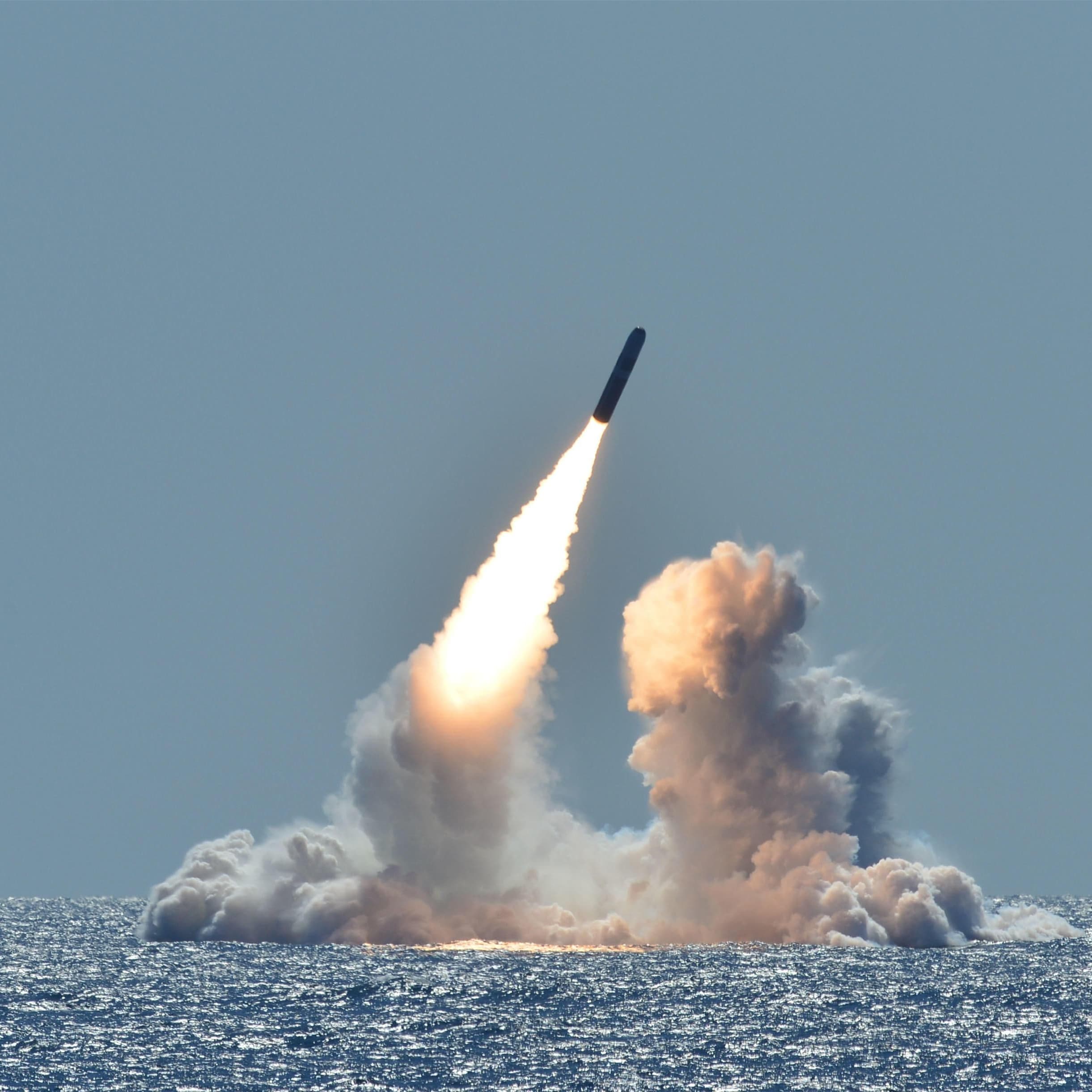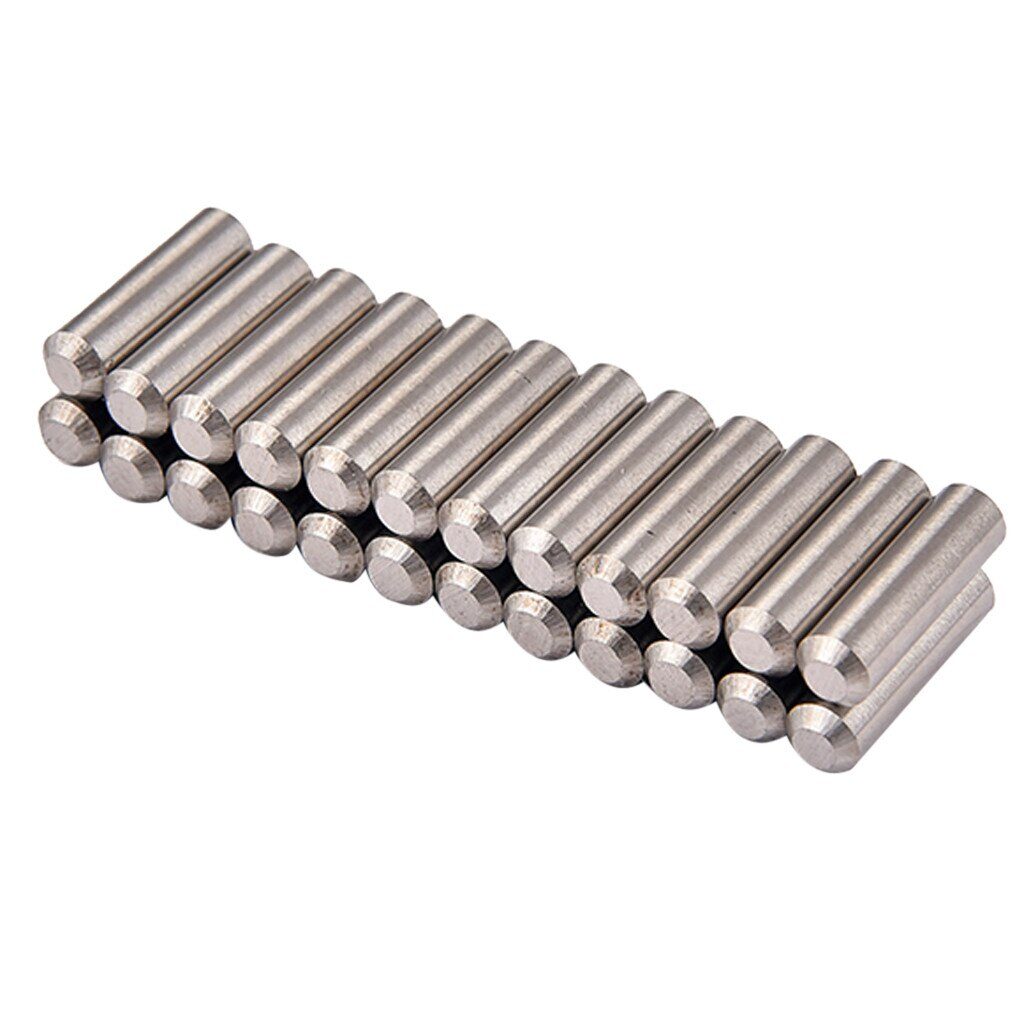Alnico magnets are a class of powerful permanent magnets made primarily from Aluminum (Al), Nickel (Ni), and Cobalt (Co)—hence the name Al-Ni-Co. But these are not the only elements involved. Iron (Fe) forms the base, while trace amounts of Copper (Cu), Titanium (Ti), and sometimes Niobium (Nb) play essential supporting roles.
Each element contributes uniquely to the magnet’s performance, and their proportions must be carefully controlled. In fact, exceeding the optimal limits of any one element can lead to failure or reduced magnetic performance.
Let’s break down the roles and limitations of each key element in Alnico magnets.
- 1. Iron (Fe) – The Foundation
- 2. Aluminum (Al) – Enhancer of Coercivity
- 3. Nickel (Ni) – Adds Strength and Stability
- 4. Cobalt (Co) – Boosts Magnetic Saturation
- 5. Copper (Cu) – Microstructure Refiner
- 6. Titanium (Ti) – A Precipitation Aid
- 7. Niobium (Nb) – For High-Performance Grades
- The Delicate Balance of Elements
- Typical Composition of Alnico 5 (for reference):
- Conclusion
1. Iron (Fe) – The Foundation
Iron is the primary component of Alnico, forming the structural and magnetic base of the alloy. It provides high magnetic permeability and acts as a carrier for the alloying elements.
- Function: Base metal, contributes to magnetization (Br)
- Too Much: Dilutes the effects of other key elements and weakens coercivity
when the iron element too much, other element rate would be smaller, it will make the element for the coercivity less. Then the magnet would have bad performance on coercivity.
2. Aluminum (Al) – Enhancer of Coercivity
Aluminum is responsible for increasing coercivity, which is the magnet’s resistance to demagnetization. It also promotes precipitation hardening, forming fine particles that help pin magnetic domain walls.
- Function: Improves coercivity and microstructure
- Too Much: Makes the alloy brittle and reduces magnetic strength
The Aluminium can be adjusted for the coercivity, but usually engineers will addjust it for resolving the issues on crack of the Alnico magnet, especially a big Alnico magnet, during the heat treatment, engineers will adjust the aluminum element to make sure the alnico magnet don’t crack during the heat treatment. Also if it is too much, it would be more brittle, tha engineers will adjust it for resolve some issues in machinability.

3. Nickel (Ni) – Adds Strength and Stability
Nickel enhances magnetic strength, corrosion resistance, and overall toughness. It contributes to both magnetic performance and structural stability.
- Function: Improves magnetic performance and corrosion resistance
- Too Much: Lowers magnetic saturation and makes the magnet softer
4. Cobalt (Co) – Boosts Magnetic Saturation
Cobalt is key for increasing the saturation magnetization, meaning the magnet can hold more magnetic energy. It’s also important for high-temperature stability.
- Function: Increases magnetic saturation and temperature stability
- Too Much: Raises cost and can interfere with heat treatment responses
Cobalt material is the most important element for the purchaser think about the price changing. Also in the magnet industry, it is really related about the temperature performance. It is also can see the cobalt used in rare earth magnetic materials.
5. Copper (Cu) – Microstructure Refiner
Copper plays a more subtle but vital role. It helps control the microstructure, especially during heat treatment, and aids in increasing coercivity by forming non-magnetic precipitates.
- Function: Refines grain structure, improves coercivity
- Too Much: Leads to coarse phase separation and reduced magnetic performance
6. Titanium (Ti) – A Precipitation Aid
Titanium is sometimes added in small quantities to improve precipitation hardening and to form fine particles that enhance magnetic stability.
- Function: Aids in domain wall pinning and magnetic hardness
- Too Much: Forms brittle phases and reduces overall magnetism
Titanium usually only used in the high-grade ( Alnico 6, Alnico 8, Alnico HC or Alnico 9) because the titanium make the high coercivity alninco stable. It is not that much in the Alnico magnet elements, but it is really very important.
7. Niobium (Nb) – For High-Performance Grades
Niobium is used in advanced Alnico grades for grain refinement, coercivity enhancement, and thermal stability. It helps prevent abnormal grain growth during high-temperature processing.
- Function: Enhances coercivity, refines grains, improves heat stability
- Too Much: May cause unwanted phases that lead to embrittlement
The Niobium element, if you are not an engineer of alnico magnet, you may not know this. It is really important for the high performance Alnico magnet, because it is really related for the heat treatment process (this process is making the alloy have magnetism).
The Delicate Balance of Elements
Alnico magnets depend on a precise balance of elements. These materials interact during casting, heat treatment, and aging to form directionally aligned grains and fine precipitates that define the magnet’s performance.
Too much or too little of any element disrupts this balance, leading to:
- Lower coercivity or magnetic strength
- Brittle or unstable structures
- Poor performance at high temperatures
- Failure during processing
Typical Composition of Alnico 5 (for reference):
| Element | Weight % (approx.) |
|---|---|
| Iron (Fe) | 51–60% |
| Aluminum (Al) | ~8% |
| Nickel (Ni) | ~14% |
| Cobalt (Co) | ~24% |
| Copper (Cu) | ~3% |
| Titanium/Niobium | trace |
The above table only shows the approximate composition limits. For specific composition, please refer to the MMPA standard (on page 7). Different Grade have a rough proportion. Certain adjustments will be made during the actual production process.
Conclusion
Alnico magnets are not just a mix of metals—they are a finely engineered magnetic alloy system. Every element has a job to do, and precision is everything. Whether you’re developing new magnetic materials or sourcing high-quality magnets for industrial use, understanding the role of each element in Alnico is key to ensuring performance and reliability.
If you have any questions, please contact us to inquire us. AS a leading professional manufacturer of Alnico Magnet in China, we are here to resolve your all issues on Alnico magnet solutions.



